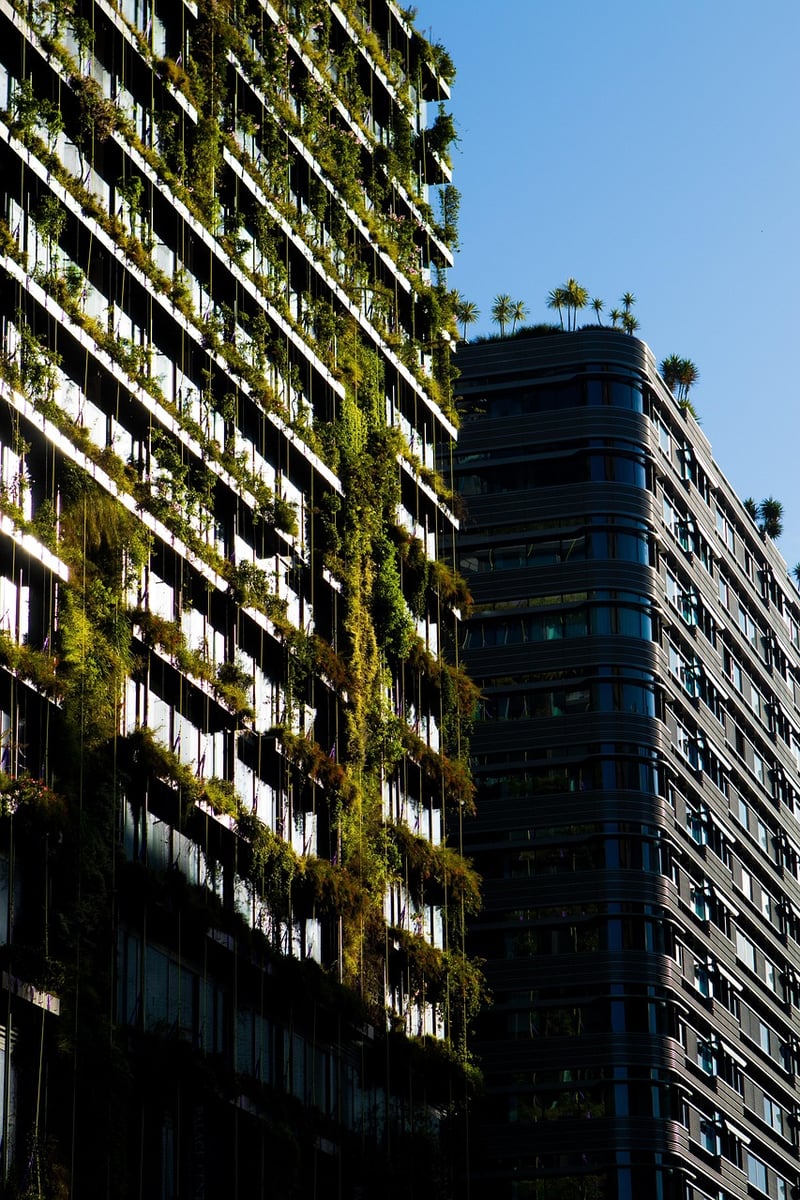Community Gardens
The Benefits of Creating Natural Sanctuaries in the City
Introduction
Urban environments can often feel overwhelming with concrete jungles dominating the landscape. However, creating natural sanctuaries in the city can provide numerous benefits to both the environment and the community. One way to achieve this is through community gardens, which not only add green spaces but also foster a sense of community and well-being.
Benefits of Natural Sanctuaries
- Improved Air Quality: Trees and plants help absorb pollutants and produce oxygen, leading to cleaner air in urban areas.
- Biodiversity: Creating green spaces allows for the preservation of local flora and fauna, promoting biodiversity in the city.
- Stress Reduction: Access to natural environments has been shown to reduce stress levels and improve mental well-being.
- Community Engagement: Natural sanctuaries provide a space for community members to come together, interact, and build relationships.
- Education: Community gardens can serve as outdoor classrooms, teaching residents about gardening, sustainability, and the environment.
Community Gardens
Community gardens are a popular way to create natural sanctuaries within urban settings. These shared green spaces are typically maintained by community members and offer a range of benefits:
- Grow Fresh Produce: Community gardens allow residents to grow their own fruits, vegetables, and herbs, promoting healthy eating habits.
- Beautify the Neighborhood: Gardens add aesthetic value to the community, making the surroundings more pleasant and inviting.
- Build Community Bonds: Working together in a garden fosters teamwork and strengthens social connections among neighbors.
- Environmental Impact: Green spaces help reduce the urban heat island effect, mitigate stormwater runoff, and provide habitats for pollinators.
Conclusion
Creating natural sanctuaries in the city, such as community gardens, offers a multitude of benefits for both the environment and the community. By incorporating green spaces into urban planning, we can improve air quality, promote biodiversity, enhance well-being, and strengthen community ties. These initiatives not only make cities greener and more sustainable but also create healthier and happier communities.


